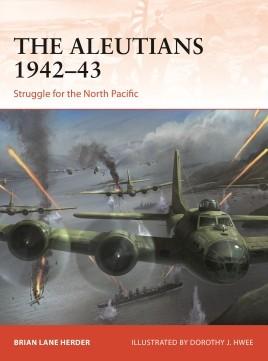
Osprey Publishing Elite: Soviet Airborne Forces 1930-91
Estimated Shipping: 2-3 Business Days
OSP-E231Established in 1932, the Vozdushno-desantnye voyska (‘air-landing forces', or VDV) of the Red Army led the way in airborne doctrine and practice. Though they were initially handicapped by a lack of infrastructure, due in part to a turbulent political climate in the 1930s, they still conducted major drops during World War II, including at the Dnepr River in September 1943.
After the war ended, the VDV became independent of the Air Force and was elevated to the role of a strategic asset. The newly rebuilt divisions were now organized and trained to conduct deep insertions behind enemy lines, attacking command-and-control facilities, lines of communication, and key infrastructure targets such as nuclear power plants. This training came into play in numerous Cold War confrontations, including Soviet operations in Hungary (1956) and Czechoslovakia (1968). During the Soviet war in Afghanistan (1979-89), the VDV proved to be the most formidable of the Mujahideen's opponents, with the development of the air assault concept - the transport, insertion and support of air-landed troops by helicopter rather than a parachute.
This title explores the development of the VDV from their conception in 1930 to their role in the Cold War and in the later invasion of Afghanistan. Supported by contemporary photography and specially commissioned artwork of uniforms and battle scenes, this title is a comprehensive and engaging guide to the history of airborne forces in the Soviet period.
After the war ended, the VDV became independent of the Air Force and was elevated to the role of a strategic asset. The newly rebuilt divisions were now organized and trained to conduct deep insertions behind enemy lines, attacking command-and-control facilities, lines of communication, and key infrastructure targets such as nuclear power plants. This training came into play in numerous Cold War confrontations, including Soviet operations in Hungary (1956) and Czechoslovakia (1968). During the Soviet war in Afghanistan (1979-89), the VDV proved to be the most formidable of the Mujahideen's opponents, with the development of the air assault concept - the transport, insertion and support of air-landed troops by helicopter rather than a parachute.
This title explores the development of the VDV from their conception in 1930 to their role in the Cold War and in the later invasion of Afghanistan. Supported by contemporary photography and specially commissioned artwork of uniforms and battle scenes, this title is a comprehensive and engaging guide to the history of airborne forces in the Soviet period.
- Soft Cover
Contents:
- Introduction & Overview
- Pre-war origins
- Service in WWII
- New developments 1945-79
- Afghanistan 1979-89
- Weapons, equipment & vehicles
- Conclusion
- Bibliography
- Index
About The Author
David Campbell is the author of numerous Osprey titles, including Russian Soldier vs Japanese Soldier and Soviet Paratrooper vs Mujahideen Fighter. He has a broad range of interests in literature and history, including the Middle Ages, the Napoleonic era, naval warfare and the genesis of the 'Military Revolution'. He lives in Hampshire, UK. Johnny Shumate began his career in 1987 after graduating from Austin Peay State University. Most of his work is rendered in Adobe Photoshop using a Cintiq monitor. His greatest influences are Angus McBride, Don Troiani and Édouard Detaille. He works as a freelance illustrator and lives in Tennessee.




